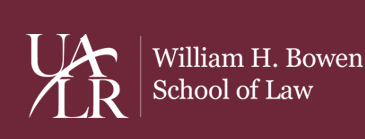
Document Type
Article
Abstract
Enacted for the purpose of battling workplace discrimination by targeting discrimination against minorities and the disadvantaged, Title VII has become somewhat of an apparition for good-intentioned employers seeking to follow the law. For example, in Ricci v. DeStefano, the city of New Haven, Connecticut refused to hire white firefighters based on a qualification test because to do so would produce the outcome of hiring too few minority firefighters. Despite New Haven's good intentions, the hiring process illegally brought race into the hiring process, thereby showing that America's relationship with civil rights legislation has come full circle.
At the center of the confusion about the meaning of Title VII and, more specifically, how to prove discrimination is the McDonnell Douglas standard, which involves three shifting burdens which are supposed to balance the difficulties of proving employment discrimination. However, the circuits are split on McDonnell Douglas's applicability at summary judgment.
The article begins by tracking the development of Title VII and the McDonnell Douglas standard before summarizing the circuit splits regarding McDonnell Douglas and their effect on discrimination proof. Next, the article discusses Torgerson v. City of Rochester, wherein the Eighth Circuit overruled a bevy of older cases and found that there is no discrimination exception to the summary judgment, despite such a standard's seeming consistency with the purpose of McDonnell Douglas and the difficulty in proving discrimination cases. The article ends by synthesizing the law in this area and argues that courts should more closely analyze discrimination summary judgments.
Recommended Citation
Barrett S. Moore,
Shifting the Burden: Genuine Disputes and Employment Discrimination Standards of Proof,
35 U. Ark. Little Rock L. Rev. 113
(2012).
Available at: https://lawrepository.ualr.edu/lawreview/vol35/iss1/4
